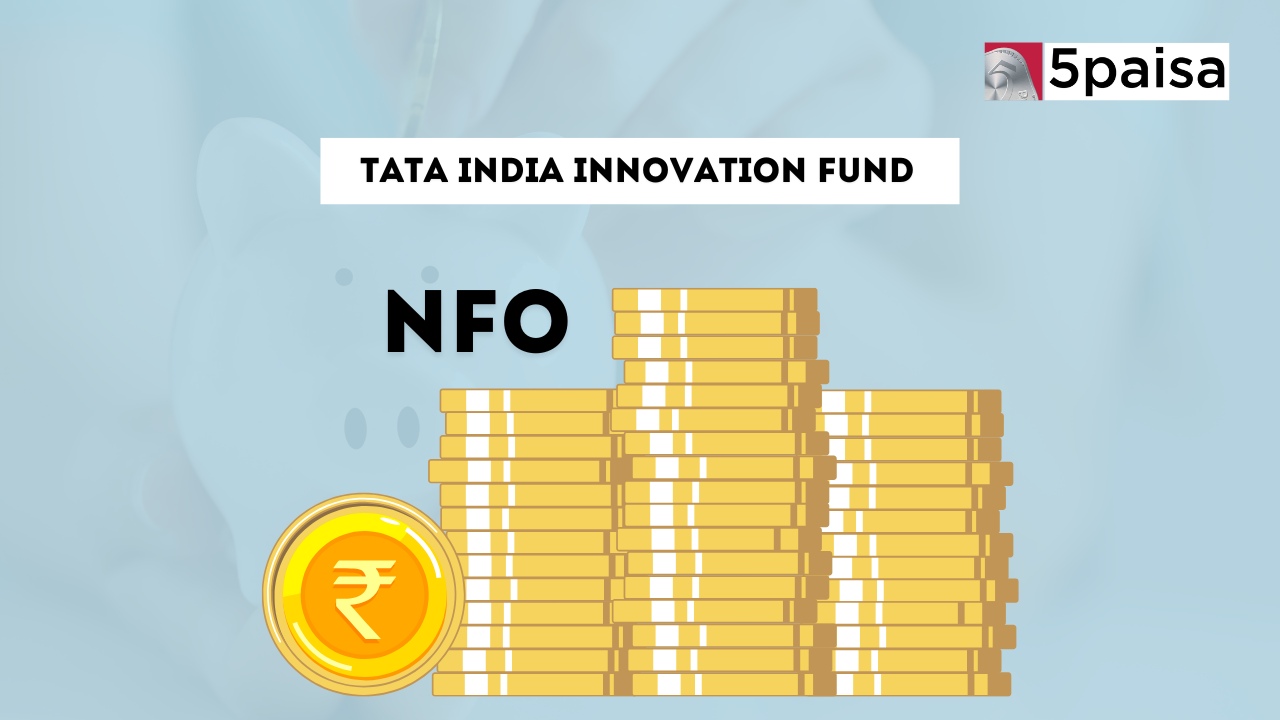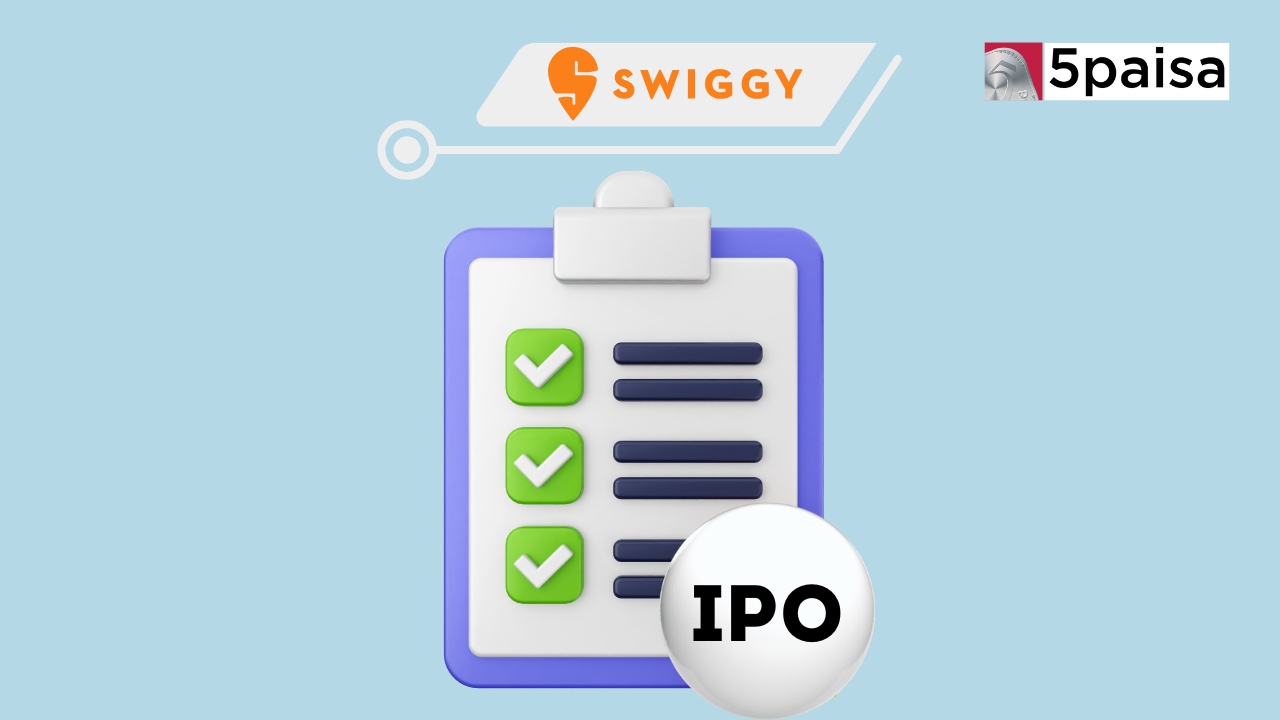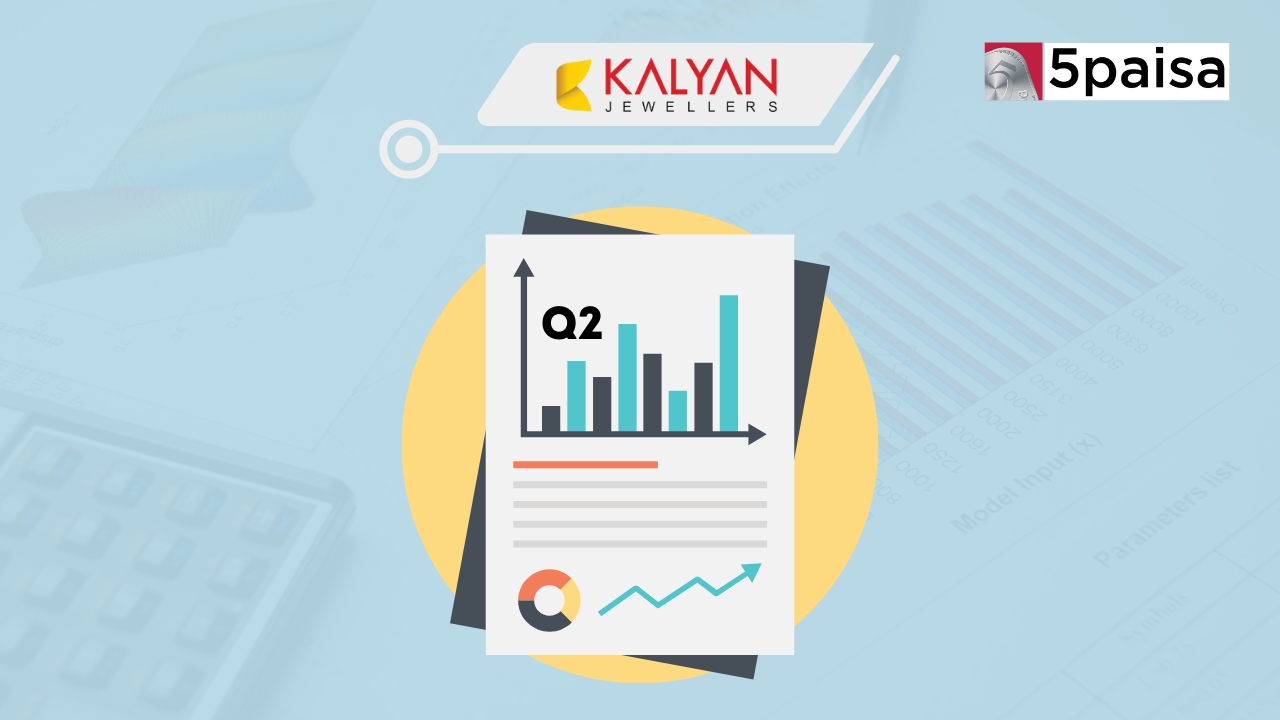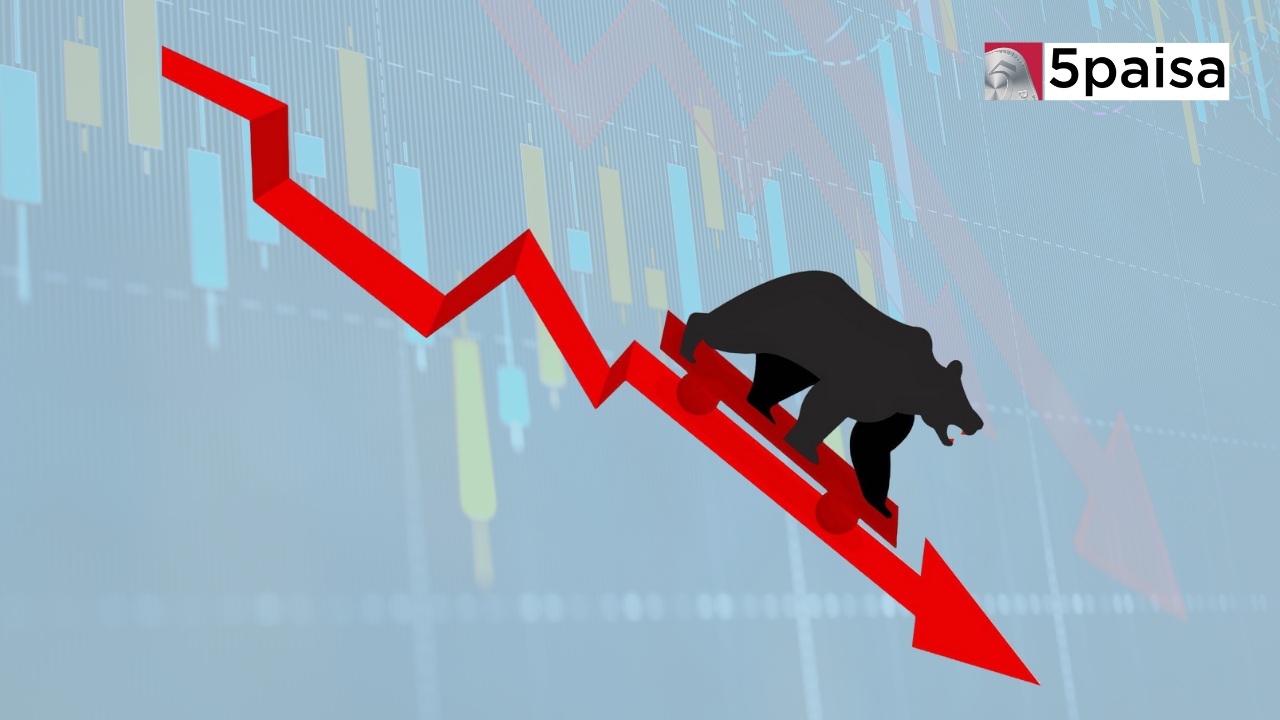NSE to Launch F&O Contracts on 45 New Stocks Starting November 29th
S&P rates Indian banks better equipped to handle banking crisis
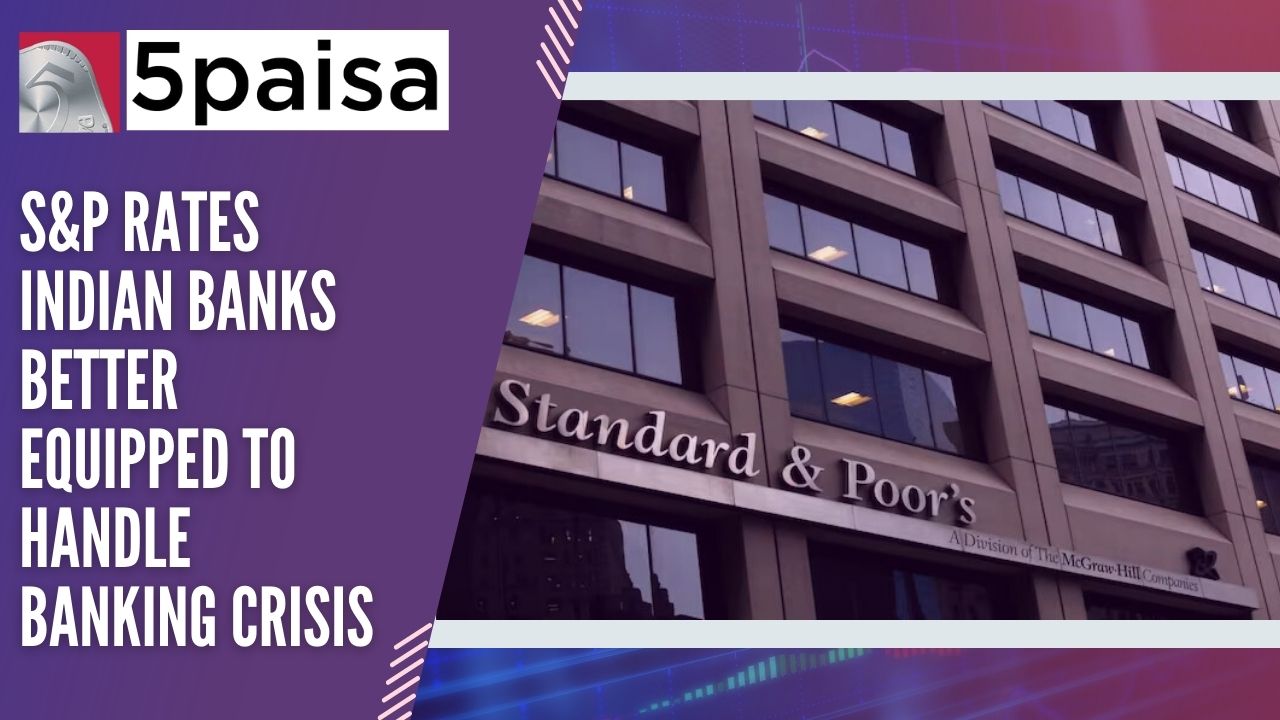
Last Updated: 22nd March 2023 - 03:21 pm
In a recent note published by S&P Global, one of the leading global rating agencies, it has affirmed that Indian companies and the Indian economy was in a much better shape to handle the evolving global banking crisis. Today, Indian companies are already contending with rising interest rates, steep inflation and the fears of a slowdown. In between the US banking crisis has added a new dimension to the entire scenario. However, S&P Global is fairly confident that India Inc was much better placed compared to its global and EM counterparts, to tackle interest rates, inflation and even the banking crisis. According to S&P Global, the strong economic growth at a macro level would surely help revenue growth.
However, S&P Global has added a caveat here. According to the note, while smaller companies and banks may still be vulnerable, larger companies that are in the rating coverage of S&P Global are less vulnerable. They opine that these rated companies have built adequate cushions in the form of capital buffers, business moats and strong cash flows through legacy business. As per their recent stress test conducted, S&P believes that the rate companies and banks in India would be in a much better position to withstand the pressure. It also believes that, with Indian economy growing in the top decile for the next few years, the trickle down benefits will be felt in the form of corporate top lines.
However, S&P Global Ratings has added that this view would only be valid if the RBI did not get too hawkish from current levels. The RBI has already raised the repo rates from 4% to 6.50% in the last 9 months and it looks like there is more to come. Also, if the US Fed remains hawkish, then the RBI would have no choice but to continue its hawkish stance to ensure that the rate differentials do not work against them. One concern could be that the consumer inflation in India continues to be above 6% despite the RBI hiking rates by 250 bps from the lows of May 2022. So, it is like a Catch 22 situation. RBI may have to raise rates further to avoid the risk of financial divergence. However, higher rates would negative the current assumptions of financial cushion that S&P Global has presented in this note.
In a recent study conducted by S&P Global on Indian companies (on which the note is based), a total of 800 companies unrated companies were analysed in India with total debt of close to $600 billion. As per the study by S&P Global, in a worst case stress scenario, the credit profiles are likely to deteriorate for companies that represent approximately 20% of the outstanding debt analysed. However, it must be noted that this study is all about unrated companies. It has held steadfast to its contention that rated issuers are generally better cushioned to withstand rising rates and higher input costs.
According to S&P Global, a 20% probability of stress in the unrated debt, is not a very worrying scenario. More so, considering that S&P has itself given a growth projection of 7.3% (down from 7.8%) for the fiscal year FY23. The downgrade of growth was on account of high oil prices, slowing exports, and high inflation. Even as inflation is taking a toll on purchasing power and on inflation expectations, it is weak demand that is the bigger threat to the top lines of Indian companies. Exports of some of the traditional strong areas of India like textiles, jute and gems & jewellery have suffered a lot due to the global demand weakness. However, S&P is confident that even the current banking crisis that is afflicting most of the US and Europe, will have limited impact on Indian companies.
One more X-factor that S&P Global has spoken about is a normal monsoon this year, which could prop up agriculture production. Last year, Kharif output was lower than expected due to erratic rain. A spike in foodgrain output is likely to bring food prices and food inflation under control. S&P Global has also pointed to India’s relatively sound external position and growth momentum; both of which are expected to offset the downside pressure on sovereign credit. CAD is likely to be higher in this year, but it is going to be much lower than the original apprehension. That is good news for India Inc. With the Indian government committed to reducing the fiscal deficit, the pressure on interest rates will also reduce.
One interesting aspect pointed out by S&P Global is the significant deleveraging by some of the biggest business groups in the last two years. In addition, there has also bene an improvement in operating fundamentals over the last two years. With limited capex need in the coming quarters, most companies are also shielded from higher funding costs. In short, the situation looks like a sweet spot for India, according to S&P Global. The only hope is that rate hikes do not get too aggressive from here on.
Trending on 5paisa
Discover more of what matters to you.
Indian Market Related Articles
Disclaimer: Investment in securities market are subject to market risks, read all the related documents carefully before investing. For detailed disclaimer please Click here.
 5paisa Research Team
5paisa Research Team

